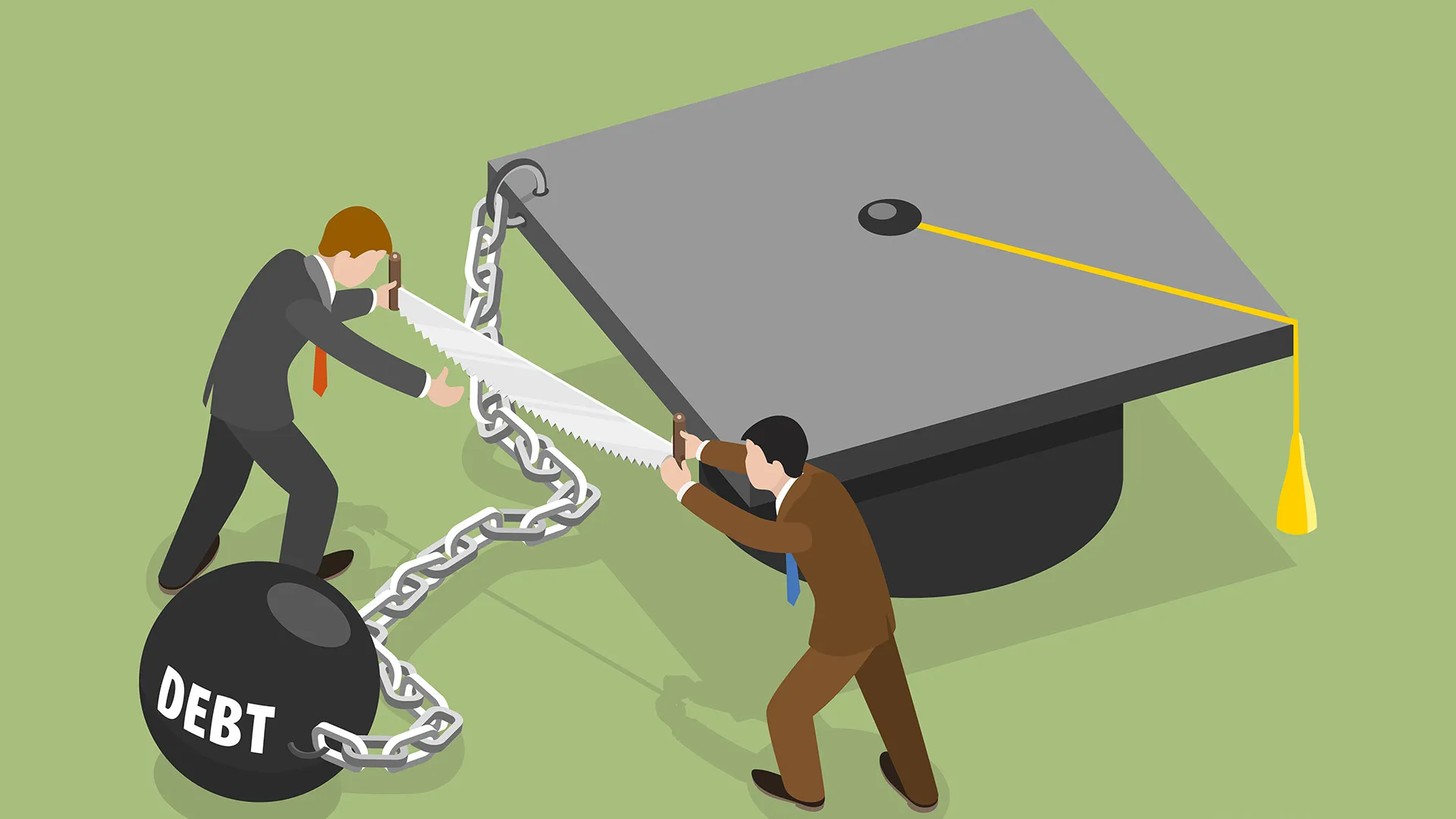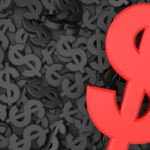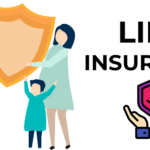Smart Steps to Avoid Default If You Cannot Afford Your Student Loan Payments in 2025.
It’s not uncommon for borrowers to struggle to make their student loan payments. Falling behind on student debt may be debilitating, regardless of the cause—a job loss, increased living expenses, or unforeseen financial setbacks. You have choices, which is wonderful news.
A number of relief programs are available from both federal and private lenders to assist debtors in taking back control and preventing default. From income-driven repayment plans and deferment to refinancing tactics that may reduce your monthly payment, this article will teach you exactly what to do when your student loan payments become unsustainable.
Get a financial quote today
Smart Steps to Avoid Default If You Cannot Afford Your Student Loan Payments in 2025
It can be extremely frustrating to struggle with student loan payments, but neglecting the problem could have long-term financial consequences. It’s critical to get in touch with your loan servicer as soon as possible if you’re having trouble keeping up in order to discuss your options and prevent defaulting on your debt.
What Takes Place If a Student Loan Payment Is Missed
In addition to delaying your financial objectives, falling behind on student loan payments can have major repercussions. When a regular payment is missed, federal student loans go into delinquency and stay that way until the past-due balance is paid or relief is provided through deferment or forbearance. Although interest may still accrue based on the type of loan, these programs can temporarily suspend your payment obligations.
Major credit reporting agencies are usually notified of the delinquent if your loan is not repaid for 90 days or more. This can lower your future borrowing capacity and have a major effect on your credit score. Long-term delinquency can eventually result in default, which has more serious repercussions like lost tax returns, wage garnishment, higher collection costs, and sometimes even legal action.
Ways to Prevent Default and Delinquency
Thankfully, borrowers have a number of options for handling excessive loan payments before things get out of hand.
Refinancing can be a sensible choice if you’re managing both federal and private student loans. This procedure entails taking out new loans in place of current ones, preferably with lower interest rates. But it’s crucial to keep in mind that private loans don’t offer the same borrower protections as federal programs, such as:
- temporary alleviation from financial stress through delay or forbearance
- Interest-free intervals during deferment on subsidized loans
- Access to income-driven repayment (IDR) programs, which forgive outstanding obligations after a predetermined period of time and cap payments based on your income
- Public Service Loan Forgiveness (PSLF) and other federal loan forgiveness programs
Consolidation could provide a more efficient repayment approach for students who have several federal loans. By combining qualified federal debts into a single loan, a direct consolidation loan may reduce monthly payments and lengthen the payback period. Nevertheless, this kind of consolidation is not available for private loans.
Your debt may occasionally be settled by the Department of Education for less than the entire amount outstanding. This option, called a loan compromise, may lower your overall repayment and maybe waive some costs. However, settlements are uncommon and usually only reached by debtors who are in dire financial straits. Any sum forgiven may potentially have tax ramifications.
Finally, the quickest method to get relief and stay out of default is frequently to speak with your loan servicer about deferment, forbearance, or switching to a more affordable repayment plan—like an IDR plan.
Creating Financial Stability Over Time
It makes sense to develop a more sustainable approach to money management when pressing issues have been resolved. Using a budgeting technique, like zero-based budgeting or the 50/30/20 rule, can help you prioritize loan repayment and keep better track of your spending.
Furthermore, setting up an emergency fund in a high-yield savings account offers a safety net in case of unforeseen circumstances. This not only increases your financial stability but also produces interest that you may use to further your savings objectives in the future.
You’re not alone if you can’t make your student loan payments, and you have other options. You can prevent negative consequences like default or delinquency by taking prompt action. Regaining control and safeguarding your financial well-being can be achieved through refinancing, deferment, forbearance, or modification of your repayment schedule.
You’ll be more equipped to fulfill your responsibilities and reduce the possibility of future payment issues if you actively manage your budget and accumulate a financial cushion. Financial setbacks do occur, but they don’t have to determine your future if you have the correct plan.
In conclusion
Long-term financial repercussions may result from missing student loan payments, but most of the time, with the correct knowledge and prompt action, the worst outcomes can be avoided. There are certain actions you may take to keep afloat, such as applying for an income-driven repayment plan, looking into refinancing alternatives, or requesting temporary relief through forbearance.
Act quickly, get in touch with your lender, and create a plan that takes into account your financial situation rather than ignoring the issue. You may lessen the load and work toward a secure financial future with the appropriate plan.










